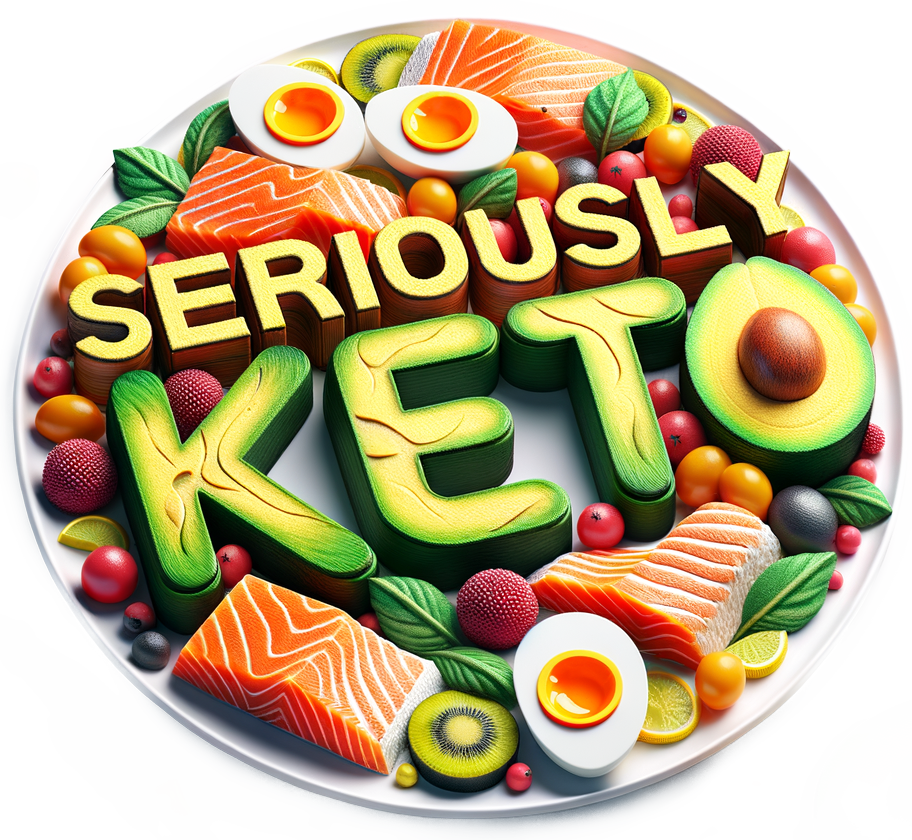If you’re curious about embarking on a keto diet but feeling overwhelmed by the various options available, fear not! This article aims to provide you with a clear understanding of the different types of keto diets out there. Whether you’re interested in a standard ketogenic diet, targeted ketogenic diet, or cyclical ketogenic diet, we’ll break down each approach and help you decide which one may be the best fit for you. So, let’s explore the world of keto diets and discover the possibilities that lie ahead for your health and well-being.
Standard Ketogenic Diet (SKD)

Definition of Standard Ketogenic Diet
The Standard Ketogenic Diet (SKD) is the most well-known and widely practiced form of the ketogenic diet. It is a high-fat, moderate-protein, and very low-carbohydrate diet that aims to shift your body into a state of ketosis. Ketosis is a metabolic state in which the body primarily relies on fat for energy instead of carbohydrates. In the SKD, you typically aim to consume 75% of your daily calories from fat, 20% from protein, and only 5% or less from carbohydrates.
Macronutrient Breakdown of SKD
In the Standard Ketogenic Diet, the macronutrient breakdown is as follows:
- Fat: 75% of daily calories
- Protein: 20% of daily calories
- Carbohydrates: 5% or less of daily calories
This macronutrient distribution is carefully designed to restrict carbohydrate intake and promote the production of ketones, which are byproducts of fat metabolism. By limiting carbohydrates and increasing fat intake, the body is forced to enter ketosis and rely on fat as its primary fuel source.
Benefits of Standard Ketogenic Diet
The Standard Ketogenic Diet offers numerous benefits for those who follow it consistently and correctly. Some of the key advantages include:
-
Weight Loss: A well-formulated SKD has been shown to be effective for weight loss. By restricting carbohydrate intake and increasing fat consumption, the body is stimulated to burn stored fat, leading to a reduction in body weight and fat mass.
-
Appetite Control: The high fat and moderate protein content of the SKD can help control hunger and reduce cravings. Consuming fats and proteins promotes satiety and helps you feel satisfied for longer periods, making it easier to adhere to the diet.
-
Improved Insulin Sensitivity: The SKD has been found to enhance insulin sensitivity, which is beneficial for individuals with insulin resistance or type 2 diabetes. By minimizing carbohydrate intake, the need for insulin production is reduced, potentially leading to improved blood sugar control.
-
Mental Clarity and Energy: Many people report experiencing increased mental clarity and sustained energy levels when following the SKD. This is attributed to ketones, which are produced during ketosis and serve as an alternative energy source for the brain.
Disadvantages of SKD
While the Standard Ketogenic Diet has numerous benefits, it also has some potential drawbacks to consider:
-
Adaptation Period: When transitioning to the SKD, you may experience a period of adaptation known as the “keto flu.” This can involve symptoms such as fatigue, brain fog, and irritability as your body adjusts to burning fat for fuel. However, these symptoms are usually temporary and can be mitigated by staying hydrated and ensuring adequate electrolyte intake.
-
Restrictive Nature: The SKD requires strict carbohydrate restriction, which can be challenging for individuals who are used to consuming a higher carbohydrate diet. It may require careful meal planning and monitoring to ensure you stay within the desired macronutrient ratio.
-
Nutrient Deficiencies: Since the SKD limits certain food groups, such as fruits, grains, and legumes, it can be more difficult to obtain essential nutrients like vitamins, minerals, and fiber. It may be necessary to supplement with vitamins or incorporate nutrient-dense, low-carbohydrate foods to ensure nutritional adequacy.

Who can benefit from Standard Ketogenic Diet
The Standard Ketogenic Diet can be beneficial for a wide range of individuals. It is particularly suitable for:
-
Weight Loss Seekers: The SKD’s ability to promote fat burning and increase satiety makes it an effective tool for weight loss and management.
-
Insulin Resistant Individuals: The SKD has been shown to improve insulin sensitivity, making it especially beneficial for individuals with insulin resistance, prediabetes, or type 2 diabetes.
-
Metabolic Syndrome and Cardiovascular Disease: The SKD has shown promising results in improving various markers of metabolic syndrome and cardiovascular health, including blood pressure, cholesterol levels, and triglycerides.
-
Epilepsy Patients: The SKD was originally developed as a therapeutic approach for epilepsy management, primarily in children. It continues to be used as an alternative treatment for drug-resistant seizures in both children and adults.
-
Those Seeking Mental Clarity and Focus: Many individuals report improved cognitive function and mental clarity when following the SKD. Therefore, it may be beneficial for individuals looking to enhance mental performance or manage conditions like Alzheimer’s disease or Parkinson’s disease.
In conclusion, the Standard Ketogenic Diet offers a wide range of benefits, including weight loss, improved insulin sensitivity, increased satiety, and mental clarity. However, it may require careful planning and monitoring to ensure nutritional adequacy and proper adaptation to the diet. If you fall within the target audience and are willing to commit to the dietary restrictions, the SKD could be an effective and sustainable approach for you.

